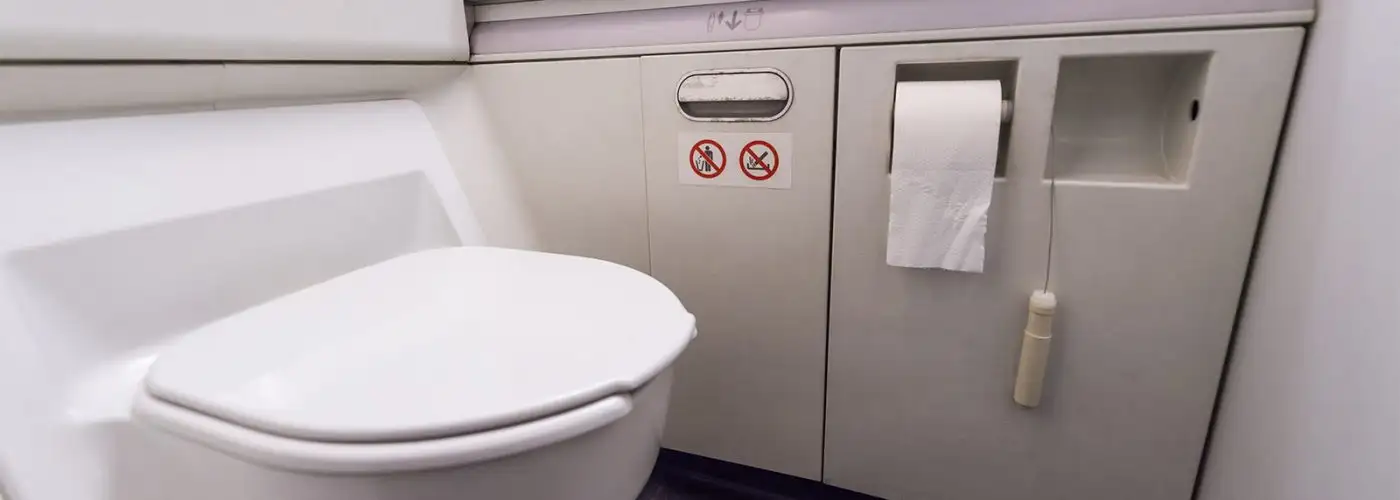In a perfect world, a magical bubble of vacation immunity would protect us all from getting a trip-ruining illness. In real life, though, we have a higher chance of getting sick while traveling than in daily life. That’s because shared spaces and tight quarters, where sick people and well people are in close proximity, are germ havens for colds, flus, and worse.
So what’s an aspiring healthy traveler to do? Know the danger zones, and act quickly to neutralize the threat. Oh, and think twice before touching that hotel remote.
Hotel Rooms
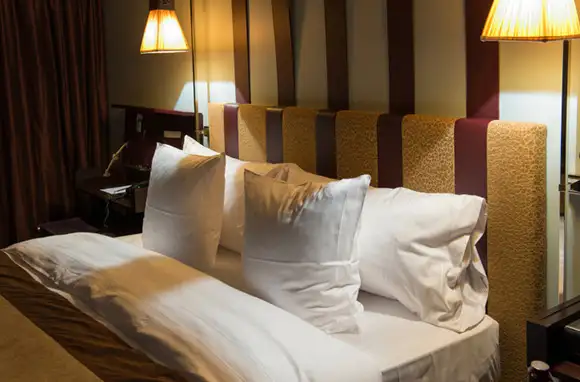
As much as we’d all like to think that every hotel room we stay in was scrubbed thoroughly by a housekeeping superhero before our arrival, some of the dirtiest surfaces are routinely neglected by cleaning staff. Beware of the danger zones the second you walk into the room. Light switches, especially those close to the door, are among the filthiest objects in a typical hotel room. Other hotel-room petri dishes are the television remote control and the bedspread, which housekeepers don’t clean as often as the sheets in most properties.
The Save: Bring disinfecting wipes to clean light switches, remote controls, and any other suspicious surfaces as soon as you set down your bags. Fold up that bedspread and put it in a corner of the room.
Airplane Seats
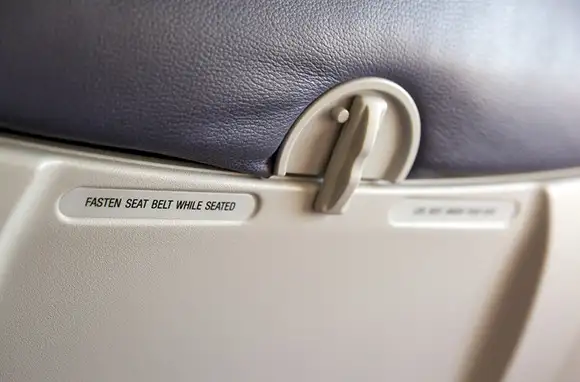
Airplane seats are tight to begin with, and they start to feel even more crowded when you realize how many germs are encroaching on your already-limited space. Tray tables, armrests, seatback pockets, and the tops of seats (especially aisle seats) have been found to harbor high concentrations of germs. And in such close quarters, it can be hard to keep your distance and maintain your good health.
The Save: Keep some disinfecting wipes on hand (for airplane use, something unscented is best) and wipe down armrests, your tray table, and the twisty knob that holds the tray table closed. Don’t store items in the seatback pocket, and if you sleep, try to keep something between your sleeping face and the seat.
Airplane Bathrooms
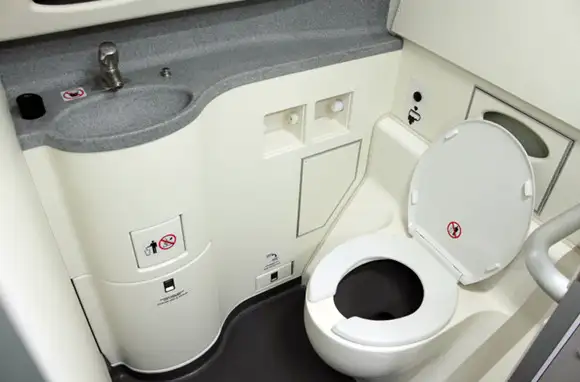
Like a fecal-bacteria hurricane, the high-powered toilet launches swirling germs into the air of the tiny airplane lav with each flush. The situation only gets worse when other passengers do substandard jobs of washing their hands (or simply skip the step) and touch surfaces and the doorknob.
The Save: Wash your hands, use a paper towel to open the door, and then use hand sanitizer when you get back to your seat.
Handrails

Handrails may steady your progress, but they definitely won’t do your health any favors. Bacteria, viruses, and other choice germs linger longer on nonporous materials like plastic, making handrails—especially in high-traffic places like airports and hotels—ubiquitous transfer stations for germs. And while handrails are vital for those with mobility issues and novel for the countless children who use them as mini jungle gyms, they’re best avoided by everyone else, especially travelers trying to stay healthy.
The Save: If you don’t need to use a handrail, then simply keep your hands to yourself and avoid contact whenever possible. If you do need to steady yourself, make sure to wash your hands or use hand sanitizer as soon as you can afterward.
Hotel Pools
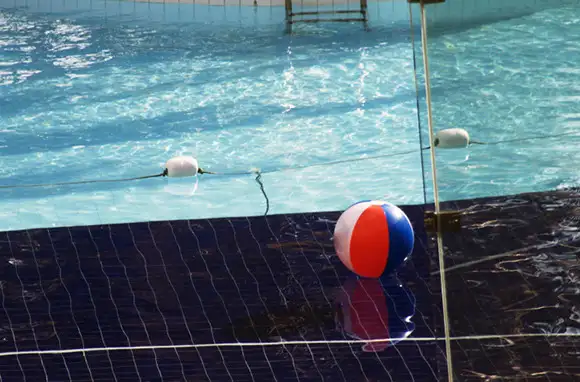
Pink eye. Giardia. Skin viruses. Turns out vacationers aren’t the only ones splashing around in hotel pools. Warm swimming pools are perfect breeding grounds for all sorts of bacteria and viruses. Since chlorination doesn’t kill all bacteria, even the most regularly maintained pool can host all sorts of things you can’t towel off.
The Save: Rinse off before—and soap up after—a plunge in the pool. And please, please keep your mouth closed—you don’t want to accidentally swallow a bacteria brew.
Security Checkpoints
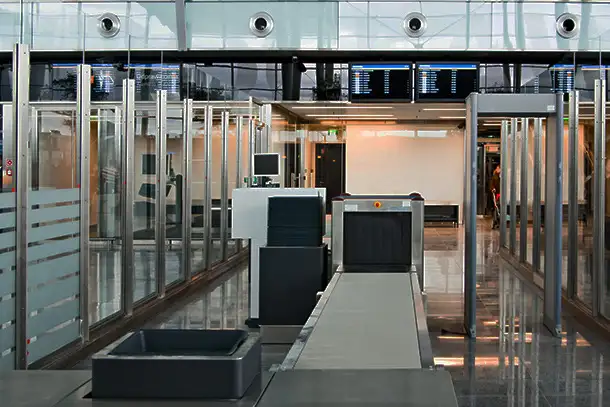
Security checkpoints are the locker rooms of the airport—the places where people awkwardly remove clothing in order to prepare for the next activity. And, like locker rooms, security checkpoints are inviting places for fungus and bacteria to jump between hosts, especially when so many people insist on treading the carpets and rubber mats in bare feet.
The Save: Don’t want athlete’s foot or some other type of locker-room foot funk to catch a ride on your soles at the airport security checkpoint? Then never go barefoot through airport security. Even if you’re sporting sandals, flip-flops, or some other tropical-destination footwear, you should always have a spare pair of socks handy for security-line stripping.
Water Fountains
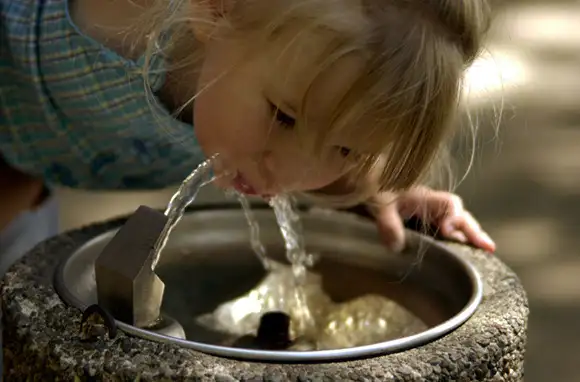
About once a year, I see a dog drinking out of a water fountain. And we’ve all seen someone wrap their mouth around a water-fountain spout, or lick it, or violate the rules of basic hygiene in some other way while hydrating publicly. Anecdotes and actual evidence consistently point to the fact that water fountains are germy spots, so it’s up to you to decide if free water is worth the risk.
The Save: More and more airports have water stations where you can fill up water bottles, rather than lap at the shared watering hole. Or bring a small water bottle (or your own pop-up cup) and ask for a fill-up at the nearest cafe. Or simply buy a bottle of water. Cutting down on plastic waste is a noble goal, but sometimes traveler health has to take priority.
Shared Screens
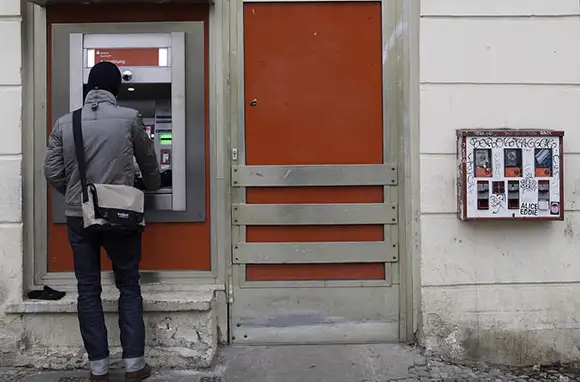
I swipe, you swipe, we all swipe … and then touch our faces. Shared screens at ticket kiosks, at ATMs, and in stores and restaurants welcome a constant stream of dirty hands, but they don’t get cleaned nearly often enough. Touch screens may automate many processes, but every time you use one, you’re essentially shaking hands with tens or hundreds of people who used it before you. Act accordingly.
The Save: If you’ve got alcohol-based sanitizing wipes, a quick rubdown of the screen before you start will give you a fresh surface. Regardless of whether you leave it cleaner than you found it, wash your hands after using a shared screen.
Buffets
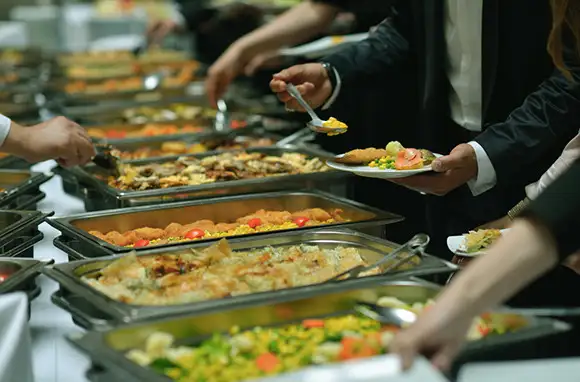
Buffets are convenient, fast, and often affordable. They’re also the perfect forums for borderline food safety and swapping germs with strangers. Outbreaks of salmonella, E. coli, shigella, and other illnesses have been linked to buffets, and norovirus outbreaks on cruise ships are spread through contaminated food and water. Buffets essentially add all your fellow diners to the food-handling chain. So if the guy in front of you in line is coming back for seconds after licking BBQ sauce off his fingers, he may as well have just licked the tongs you’re about to grab.
The Save: Wash your hands. The CDC calls hand washing a do-it-yourself vaccine and says that you should lather and scrub for 20 seconds (the length of two rounds of the “Happy Birthday” song) before rinsing. Wash hands before you get in the buffet line (to prevent you spreading germs). Wash them again after you get your food but before you eat it (to prevent you from digesting whatever germs were on the shared serving utensils). And steer clear of foods left out without some kind of cover or sneeze guard, foods that should be hot but are only lukewarm, and foods that should be cold but are room temperature or warm.
More from SmarterTravel:
- Wellness Travel 101: Vacation Your Way to a Better You
- Top Travel Fears and How to Conquer Them
- Healthy Plane Snacks Under 250 Calories
Editor’s note: This story was originally published in 2015. It has been updated to reflect the most current information.
We hand-pick everything we recommend and select items through testing and reviews. Some products are sent to us free of charge with no incentive to offer a favorable review. We offer our unbiased opinions and do not accept compensation to review products. All items are in stock and prices are accurate at the time of publication. If you buy something through our links, we may earn a commission.
Related
Top Fares From
Today's Top Travel Deals
Brought to you by ShermansTravel
France: 8-Night Paris, Avignon & Nice...
Infinity Worldwide Vacations
 vacation
$2880+
vacation
$2880+
Poconos: 3 Nts in Garden of...
ResortsAndLodges.com
 hotel
$305+
hotel
$305+
7-Nt Canada & New England Cruise,...
Princess Cruises
 cruise
$839+
cruise
$839+
